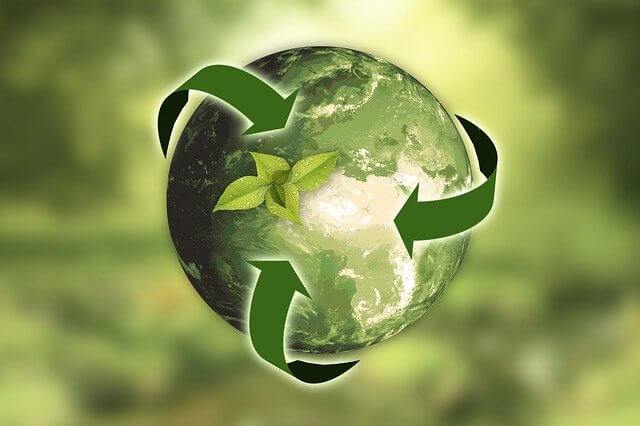Among the different forms of recycling, upcycling is one of those that is gaining more prominence in our daily lives. In this post we explain what this phenomenon consists of and why it is so important. We also analyzed how it differs from other product reuse mechanisms and reviewed some examples of upcycling.
What is upcycling?
Also known as upcycling or creative reuse, upcycling is any recycling process through which products of a higher value than the originals are obtained. In other words, and included within the framework of eco-design, upcycling consists of transforming objects that have finished their useful life into other higher quality goods, destined for certain uses other than the original ones for which they were manufactured. Therefore, the key to upcycling is in the design.
Differences between upcycling, downcycling and conventional recycling
In reality, downcycling or under-recycling is the opposite of upcycling, since it involves the transformation of recycled materials into lower-value products. In any case, both are very useful mechanisms to generate new life cycles in all kinds of products, thus avoiding the accumulation of waste in the environment and reducing the consumption of raw materials.
On the other hand, upcycling differs from conventional recycling (recycling) in that the materials that are reused largely retain their original shape. In this way, with upcycling it is possible to identify with relative ease which was the initial object before its new use. Likewise, this allows to save great costs in terms of treatment and transformation of raw materials such as plastic or glass.
Examples of upcycling
There are many productive areas in which the techniques of creative reuse of waste can be put into practice, giving rise to new articles of great ecological and economic value. Here are some examples of upcycling:
Fashion
The world of fashion is probably the sector where examples of upcycling are most frequent. On the one hand, the remnants of fabric that are generated during the chain textile production processes are reused to design new and innovative garments.
On the other hand, the designs of original garments such as dresses, T-shirts or swimsuits from used or donated clothing whose owners are willing to throw away also stand out. All of this aimed at reducing the high levels of pollution existing in the sector.
Art
Design and creativity are basic requirements of any upcycling process. For this reason, the production of artistic works made from all kinds of waste such as scrap metal, tires or plastic bottles is one of the most fruitful applications of this discipline. In fact, it has given rise to sculptures and creations of great artistic and economic value.
Decoration
Upcycling serves as inspiration for the creation of a wide variety of designer furniture highly appreciated by consumers, both from an aesthetic and functional point of view. In this way, interior decorators take advantage of objects such as old bathtubs, glass bottles or used sheets to design new sofas, lamps or curtains that give an original and distinguished touch to any home.
Industry
The field of industry is another space where different examples of upcycling are gradually being incorporated, including awareness of the need to optimize resource management and energy consumption. As a result, technology is increasingly being used to take advantage of the waste from production processes and condition second-hand products for various uses, developing new items and investing in innovation in materials to extend and improve the useful life of materials.
In short, upcycling is a very interesting process for the construction of a more sustainable world through the intelligent use of existing resources. From Infinitia Reseach we invite you to stay tuned to our blog if you want to know more aspects related to the industry and innovation in materials.





